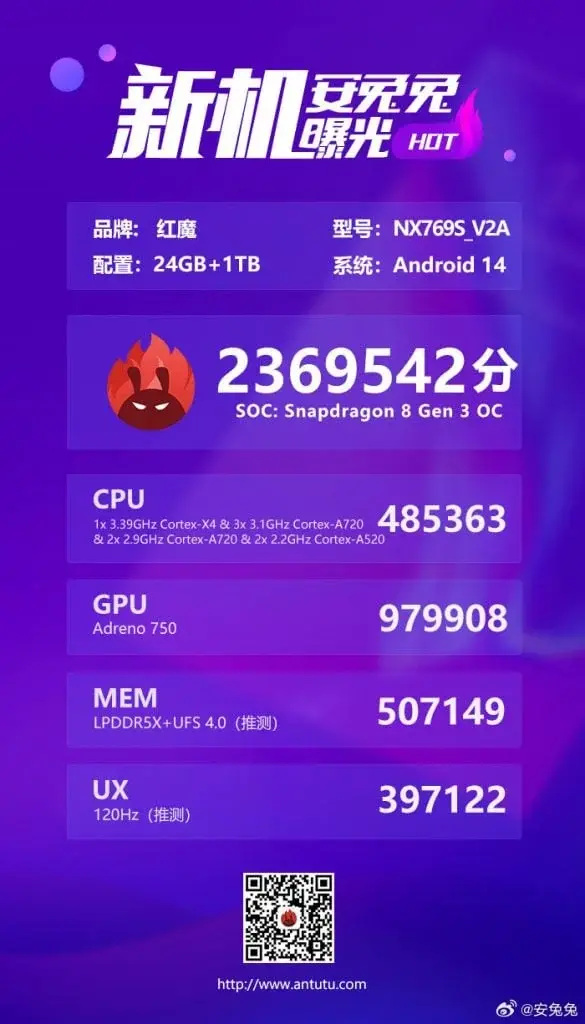Vivo has recently added the Vivo Pad 3 tablet to its official Chinese website. Although the company had initially disclosed its configurations and color variants, the price was not mentioned. Today, the pricing details have finally been announced.
Vivo Pad 3 Pricing
The Vivo Pad 3 is now open for pre-orders in China. It is offered in several configurations: the 8 GB RAM + 128 GB storage model is priced at 2,499 Yuan ($345), the 8 GB RAM + 256 GB storage version costs 2,799 Yuan ($385), the 12 GB RAM + 256 GB storage variant is available for 3,099 Yuan ($425), and the highest-end model with 12 GB RAM + 512 GB storage is priced at 3,399 Yuan ($465). The tablet is available in three color options: Spring Tide Blue, Thin Purple, and Cold Star Gray.
Vivo Pad 3 Specifications
The Vivo Pad 3 is equipped with a 12.05-inch LCD display that offers a 2.8K resolution, a 144Hz refresh rate, and a peak brightness of 600 nits. It is powered by the Snapdragon 8s Gen 3 chipset and comes with LPDDR5x RAM, offering storage options of UFS 3.1 (128 GB) or UFS 4.0. The tablet features a 10,000mAh battery that supports 44W fast charging.
For photography, the Pad 3 includes a 5-megapixel front camera and an 8-megapixel rear camera with LED flash. Additional features include a six-speaker system, a 3D VC cooling unit, Wi-Fi 6, Bluetooth 5.4, and a USB-C (USB 3.2 Gen 1) port. It runs on OriginOS 4, based on Android 14.
Market Availability
The Vivo Pad 3 is essentially a rebranded version of the iQOO Pad 2, which was launched in May in China. Currently, there is no information on whether the iQOO Pad 2 or Vivo Pad 3 will be made available outside of China.
























